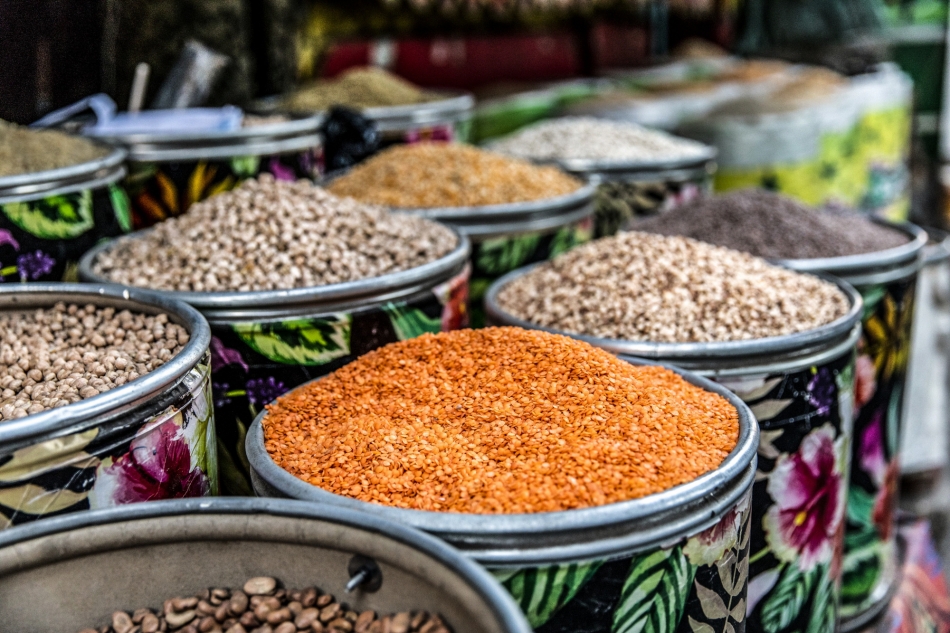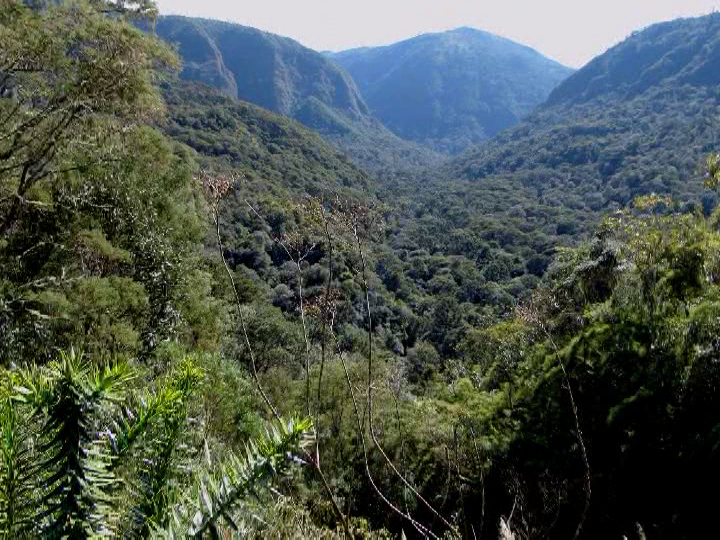Photo: FAO / Pedro Costa Gomes
Meal after meal. Day after day. It’s easy to get into the food routine and forget about the variety of fruits, vegetables, grains and other foods that exist, with all the different nutritional benefits they offer.
If that sounds familiar, then FAO is here to help. Based on our experiences around the world, we consulted local cooks, chefs and families to put together some fascinating and useful cookbooks. They were designed not only to celebrate local cuisine, but also to recognize the nutritional value of traditional meals eaten around the world. Poor diet and disease are some of the main causes of malnutrition, so promoting sustainable and healthy recipes is the key to helping families make informed food choices.
So, if you are interested in trying some new and nutritious dishes, here are five FAO cookbooks that are sure to inspire you.
A taste of Kenya
The book “ Kenyan Food Recipes ” (Kenyan food recipes, in free translation into Portuguese) invites you to a tour of the best dishes in the country, taking into account the diverse lifestyles, cultures and food traditions of its various communities. Families in Kenya do not usually use defined and measurable recipes, which can lead to incorrect nutrient intake and make it much more difficult to estimate the nutrition of the population as a whole. That is why FAO has produced a cookbook to document common recipes, detailing ingredients, preparation methods and portion sizes: to disseminate this local knowledge and improve community nutrition. With a total of 142 mixed recipes from Uji wa Muhogo , a manioc porridge, to Inghokho, a dish of cooked chicken, there is an option to please everyone’s palate. Why not give it a try?
Download the PDF version
Flavors from Latin America and the Caribbean
Full of incredible recipes, the book “ Health, Knowledge and Flavors ” (Health, Knowledge and Flavors, in free translation into Portuguese) presents a selection of recipes from different countries in Latin America and the Caribbean. Traditionally prepared by women, the dishes presented in this book reflect their incredible knowledge of local food and its nutritional value. The cookbook also serves to recognize women’s contribution and impact on home nutrition.
Now you can learn from their experience – the book brings traditional recipes from El Salvador to Saint Lucia, from Paraguay to Peru, with sweet treats like carob and banana cake or main dishes like cream trout made from tarwi beans (a type of White bean).
Download the PDF version
Mountain Recipes
The mountains are home to a variety of foods – from potatoes and quinoa to mushrooms – usually produced on steep slopes in adverse climates. In the book “ Mountain recipes: Cooks in high places”(Mountain Recipes: cooks in the heights, in free translation into Portuguese) we present the 30 best recipes from the International Mountain Day 2019 competition, organized by FAO and the Mountain Partnership Secretariat to help promote mountain products and its nutritional value. More than 70 applications were received from 27 countries. The winner was Ashmita Lama, whose recipe for Kwati, a classic Nepalese mountain dish eaten during celebrations, is featured in this book. This traditional dish is made from Jumla beans, an indigenous food linked to the culture and religion of the Sinja Valley, where Ashmita comes from. Jumla beans carry the Mountain Partnership Products label (quality label for mountain products), which tells the story of the product and the producer and works to increase the income of farmers in remote mountain regions.
Download PDF file
Banquet with legumes
From lentils to chickpeas, and from borlotti beans to black-eyed beans, legumes are available in quantity, variety and are very nutritious! The Pulses: nutritious seeds for a sustainable future (Legumes: nutritious seeds for a sustainable future, in free translation into Portuguese), is a book with more than 30 recipes prepared by some of the most prestigious chefs in the world. The book begins by explaining why legumes are such an important food: they are full of proteins, fibers and micronutrients, have a low carbon footprint and are generally affordable and inexpensive. He explains step by step how to cook them, what to keep in mind and what condiments and instruments to use.
Finally, the book takes the reader on a journey around the world, showing how legumes fit into the history and culture of a region, visiting 10 internationally acclaimed chefs who go to the market to buy legumes. Each chef prepares easy dishes and shares his best kept secrets – enjoy and come cook with them!
Download PDF file
Cooking with Quinoa
Quinoa dumplings? Quinoa and apple pudding? Even a quinoa drink? Who knew there were so many possible things to do with this simple grain.
The International Cookbook for Quinoa (Book of international quinoa recipes, in free translation into Portuguese) combines many recipes, traditional and innovative, to offer more than 60 different dishes. Quinoa is the key to providing nutrition for many families around the world – it is full of proteins and amino acids, great for people who follow a basically vegan or vegetarian diet. They are also an excellent source of iron and antioxidants. When grown, legumes are also versatile – they thrive in diverse areas and can withstand very high and very low temperatures.
FAO is passionate about improving food and nutrition security for communities around the world. Our cookbooks celebrate the diversity of foods, highlight their nutritional value and the cultural significance behind them. So, the next time you’re looking for some culinary inspiration, you already know where to look!
Download the PDF file



